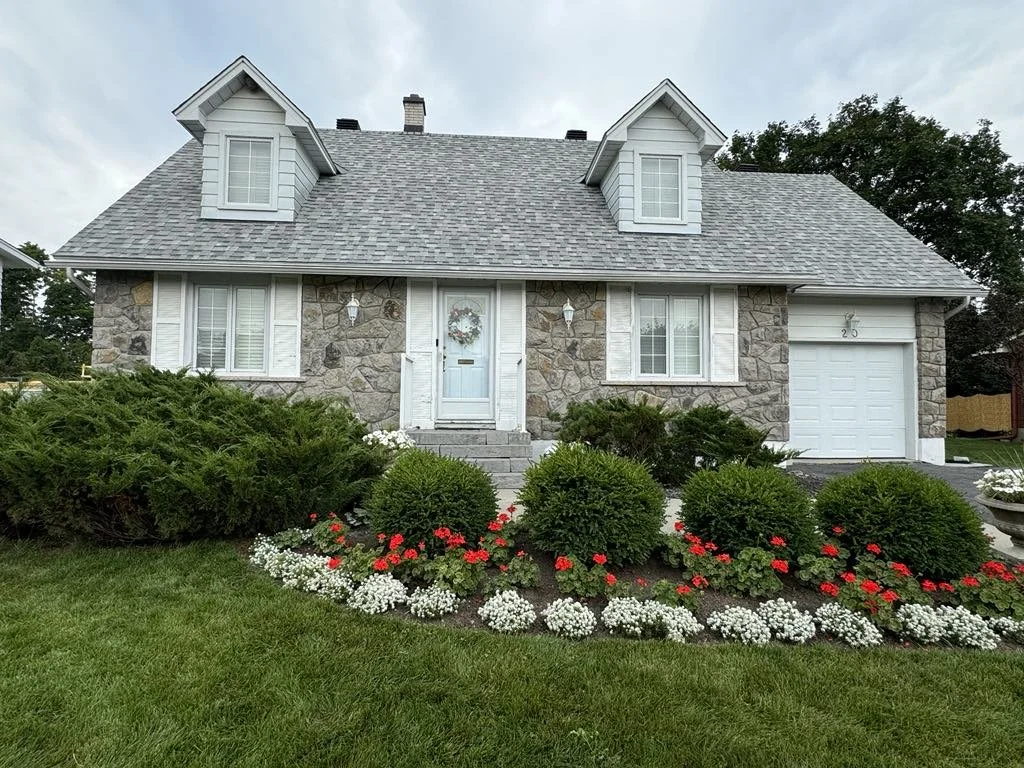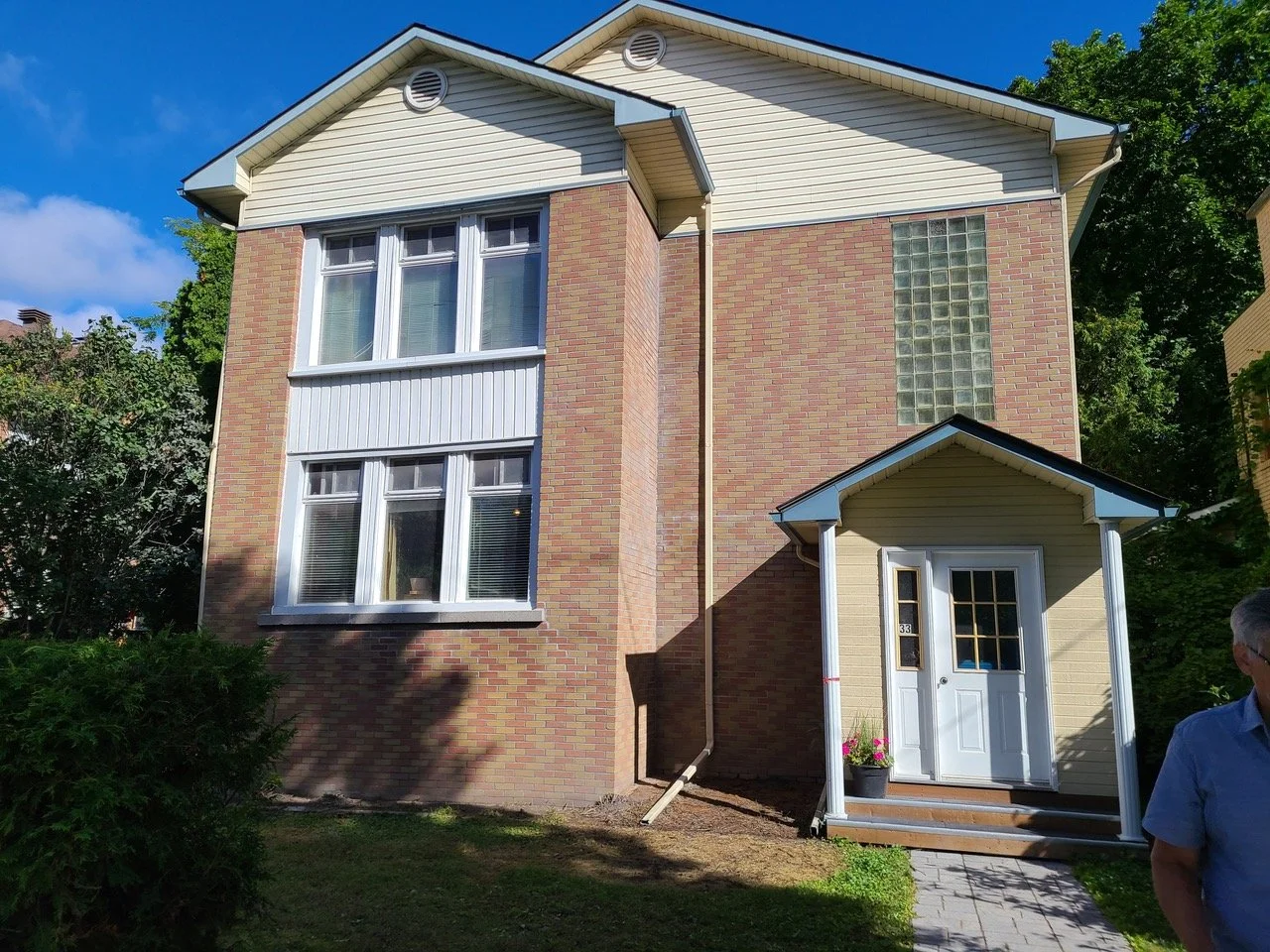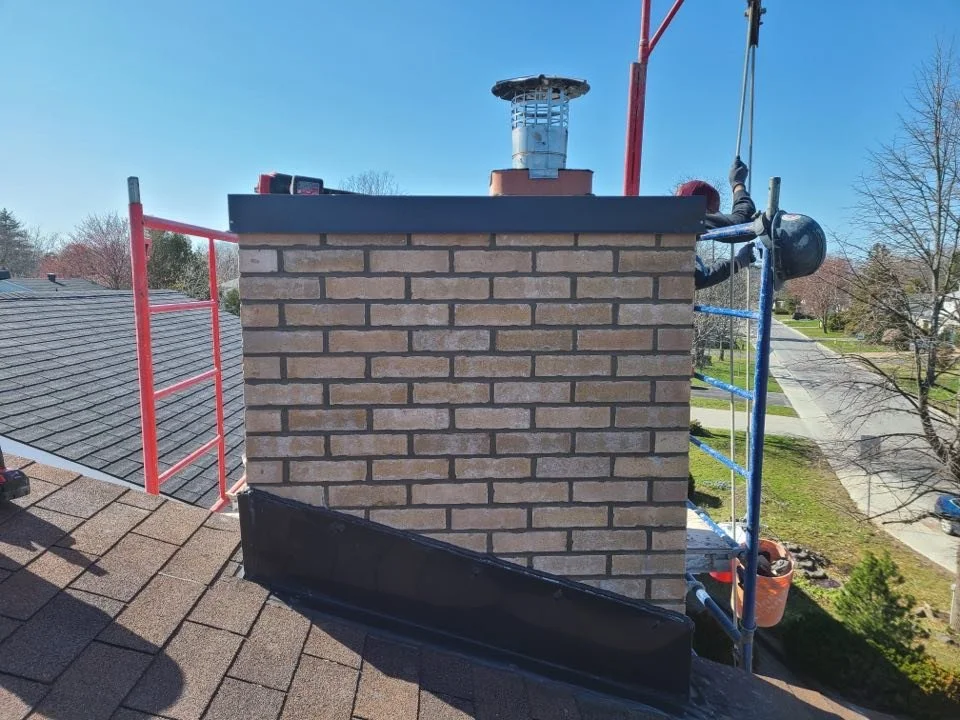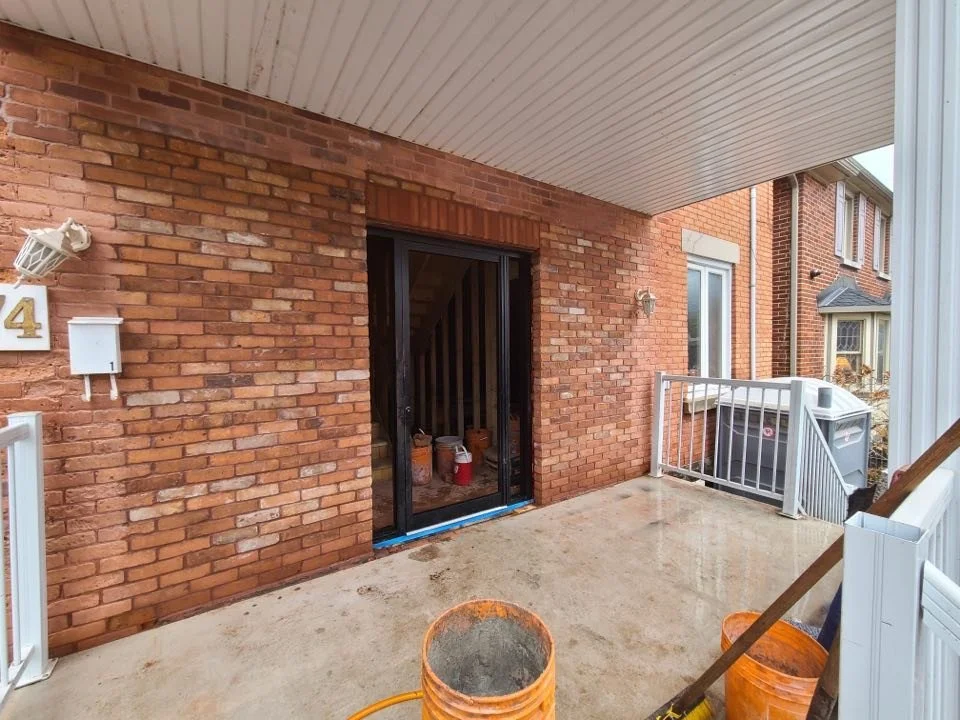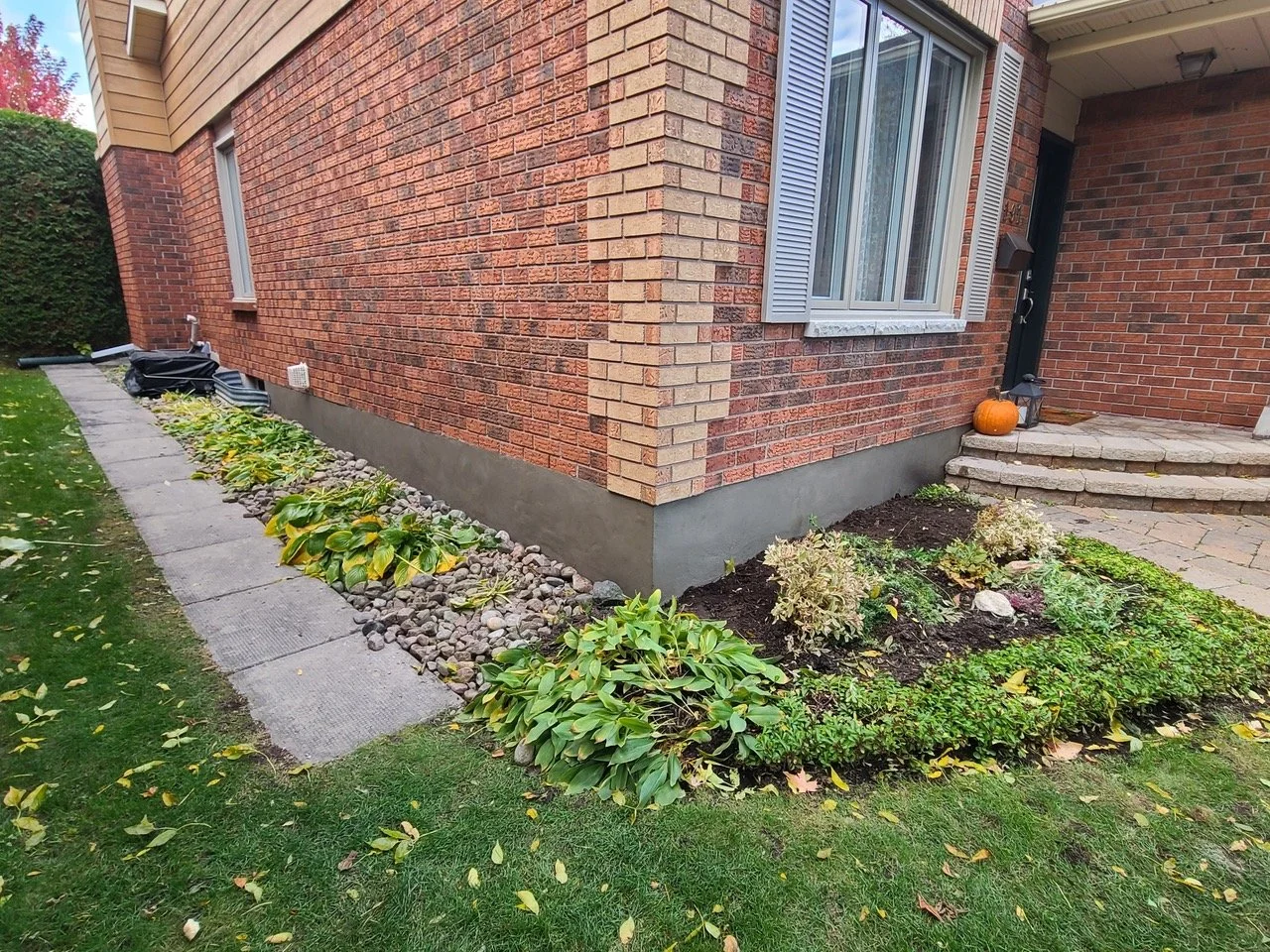Most masonry damage occurs in Canadian winters with the freeze and thaw being the worst. If you don’t know what to look for this will become a masonry guide that you can follow and will help you stop damage before it happens and save you thousands. Plus, its free!
What to look for when hiring your masonry contractor?
Is Masonry the best product for your home?
The Anatomy of the Brick Wall
Can I match the brick that is currently on my home?
The Anatomy of the Chimney
How do I remove brick stains?
The most common brick stains and blemishes are effloresces and smoke stains. Effloresces stains can look white and powdery. If you notice a dark stain around your chimney for example, most likely this could be a smoke stain. Removing these stains can be used with muriatic acid, diluted 1-10, but for no longer than a few minutes. After applying the diluted muriatic acid for a few minutes, wash off with water using a garden hose.
A Brief History of Masonry
Repointing Brick - Does my home need repointing?
Brick repointing is done when you remove, deteriorated, damaged, miss coloured or old mortar and replace it by installing new mortar. As durable as masonry building material is, harsh weather conditions, structural settling, and nature itself can further the deterioration process quicker if not maintained properly. Allowing your brick mortar joints to decay can cause structural damage, loss of home appearance and value. Here are 3 reasons why your home needs repointing.
Chimney Repairs - Should I repair my chimney?
Chimneys are a valuable structure of your home, but they also can be a hazard if damaged. Chimneys can deteriorate quickly if not maintained and can cause serious harm not only to the structure of the home but also to any person who gets in the way of its path of deterioration. From effloresces to chimney crown damage, here are 5 signs that indicate your chimney is failing. If any of these signs of chimney failure is visible, it is important that you contact your masonry contractor to keep your structure and family safe from potential harm.
What damages masonry structures?
Masonry material is one of the oldest, yet most durable building materials used. But just like any other building material, its prone to damage by weather conditions, improper installation and structure settling. From spalling to displacement, here are 5 causes of masonry damage that should be attended to when noticeable to prevent safety hazards or further deterioration.
Window Sill Replacement - Should I replace my window sills?
Window sills are an essential part of your home and play an important role in protecting and diverting water away from entering your home. Window sills, if done correctly, are bulletproof and need zero to slim maintenance. They can also cause serious water damage, staining and structural damage if done incorrectly. Here are 3 reasons your window sills are failing, the difference between brick vs. concrete pre-cast sills and why one should be chosen over the other. Understanding these signs and differences will allow you to make a proper decision in your next window sill project.
Why is my parging cracking?
Parging is a thin mortar coat application that is done to surface areas to fix imperfections, add a protective layer to your foundation and add beauty to your home’s foundation. Regardless of its benefits, parging can also sometimes fail, causing cracks, peeling and hollow spots, in which repairs are necessary. In this blog we will touch up on 3 main reasons why your parging is failing and why it is important to call your masonry contractor for parging repairs when noticeable.

